Aral sea
Aral Sea
Aral Sea is divided by Uzbekistan and Kazakhstan and is mostly known for the environmental disaster which it faces and the image that people have in their mind first when thinking about this water body, are the ships at the bottom of the sea that is now desert. The Aral Sea, once the fourth largest lake in the World, seems to be on an inevitable path to to almost fully disappear. The Northern Aral Sea at the Kazakh side is nowadays separated from the rest of the lake remains by a dam and the water level and salinity have started to improve there but the size of it is only a small fraction of the earlier Aral Sea.
By 2010, the salt content of the lake had already reached 100 g / liter meaning that it is several times higher than the sea water salt content, which has made it impossible for most species to live in the water. The winds of this desert region spread the dried salt further to the surrounding area which causes difficulties for the ecosystem due to the increased salinity of the soil, affecting all, people, vegetation, wild and domesticated animals.
Nevertheless, Aral Sea is beautiful in its barrenness and the people still living around it have adapted to the new conditions to make a living, mostly from animal husbandry or tourism. But it is not a secret that the fall of Aral Sea is also heavily linked to the hardship of the Karakalpaks who had been fishing at the shores of the lake already for long before Russia conquered the shores of Aral Sea and divided it between Uzbekistan and Kazakhstan. Aral Sea is included in few of our Uzbekistan Tours and Central Asia Tours.
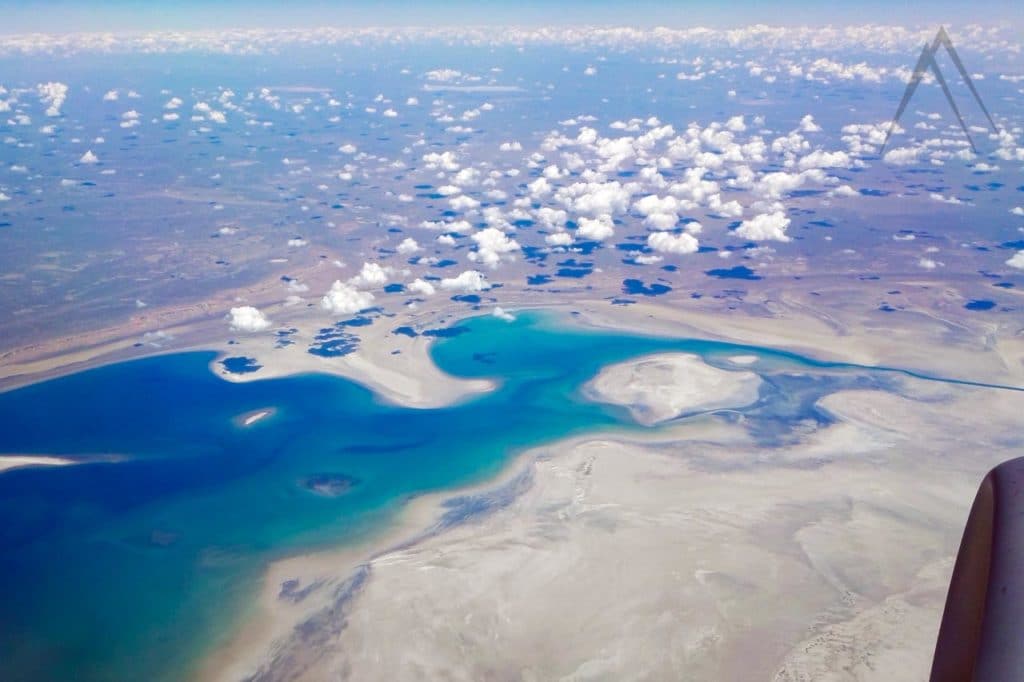
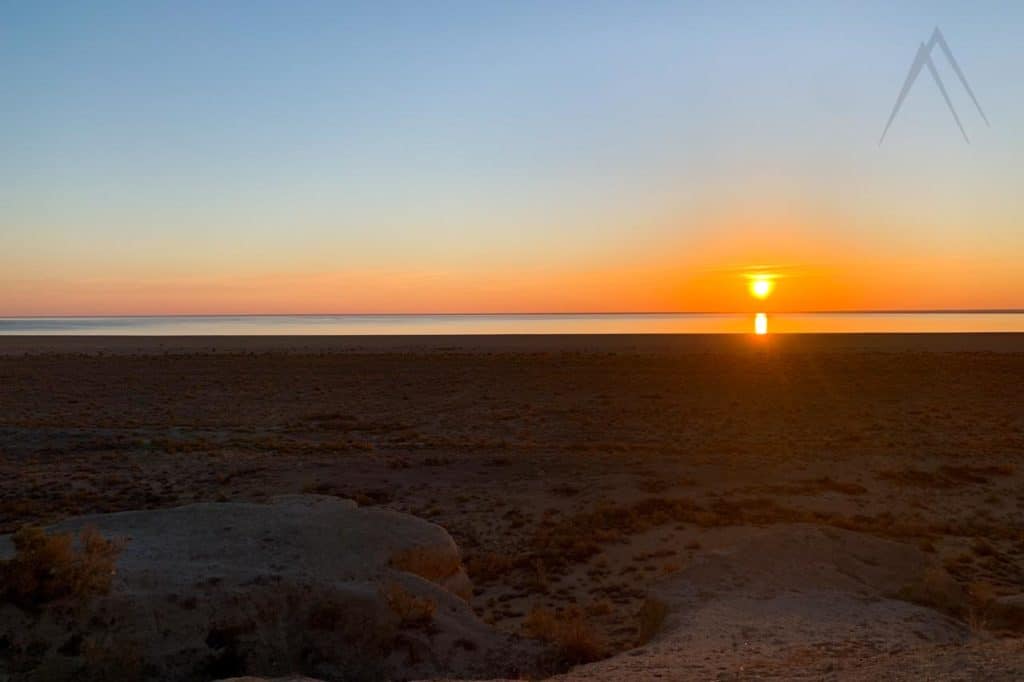
The eastern part of the Aral Sea has almost disappeared and in the western part, only a narrow deeper part of the lake remains. It is descriptive that the eastern basin has been renamed as the Aralkum desert. Even the previously largest island of Aral Sea, called Barsakelmes, has turned into a peninsula and the wild horses that once inhabited have emigrated.
Aral Sea can be considered a place of dark tourism as there are several ghost towns and ship graveyards surrounding the now dry sandy and dusty bowl where one can see thousands of seashells reminding of the more watery past. The reason for the lake getting dry is the excessive water usage of Amu Darya and Syr Darya.
Irrigation systems were built along these rivers already centuries or even more than a thousand years ago but in large scale the irrigation for cotton production started during the Soviet era and the shrinking of the Aral Sea really started to proceed in the 1960s.
Tours including Aral Sea
Aral Sea from Uzbekistan or Kazakhstan?
The majority of the Aral Sea territory used to be on the Uzbek side, and this is where most of the interest for tourists can be found. If you want to visit the remains of the Aral Sea and have the choice between Kazakhstan and Uzbekistan, we recommend Uzbekistan.
In Uzbekistan, the starting town for Aral Sea exploration is Moynaq. In Kazakhstan, it’s Aralsk. Both towns have ship cemeteries, a small museum, accommodation and tour companies organising jeep tours to the sea and surroundings, so there is little difference there.
Moynaq, however, makes good sense as part of a larger visit to Karakalpakstan, taking in the Ustyurt plateau, Nukus, Khiva and the ruined castles of Khorezm. Aralsk on the northern side, is not close to anything, except Baikonur, for which you likely do not have a permit and Kyzylorda, which does not have much to offer for tourists. The former Barsakelmes island has started to get some interest in the latest years though and could be considered an option for the southern route to Aral Sea. Now this nature reserve is a desolate plateau next to the Northern Aral Sea.
Travel to Aral Sea
Nukus is the place to get to in order to travel around Aral Sea from Uzbekistan side. It has a well working airport connection with several flights per day to Tashkent. There is also a train connection to Nukus from Urgench which is just next to Khiva and is therefore an easy day stop along the way. For few years now, there has been also a train from Urgench to Khiva and the train station of the latter city is just a walk away from the old city.
Surprisingly, Nukus is also connected by rails to Aktau in Kazakhstan, by the Caspian Sea. A word of advice though, this trip takes about 32 hours or even more sometimes. Make sure to have your passport and visas in order before boarding the train either way.
From Nukus it is still 3-4 hour drive north to Moynaq, where the Aral sea shoreline used to be. To reach the remains of Aral sea from Uzbek side, a 4WD car and a lot more time is required.
From Kazakh side the best staring point for Aral Sea exploration is Aralsk that can be reached by train as it is between Kyzylorda and Aktau.
What to see and do in Aral Sea?
Apart from the obvious Aral sea, there are other interesting sights as well to see while already in the area. Here we present the places south and west from Aral sea that can be easily combined to the trip in Uzbekistan.
Ustyurt Plateau
Ustyurt plateu is a vast area covering a large section of both Western Kazakhstan and Uzbekistan ranging from Caspian sea all the way to Aral sea and Amu Dariya in the east and Sarygamysh lake in the south. On this page we tell only about a small portion of Ustyurt plateau on the Uzbek side and you can more information in the Mangustay and Ustyurt preserve pages that cover the larger Kazakh side of it.
Ustyurt plateau by the Aral sea is a higher ground where one can see the former Aral Sea level in the formations caused by the erosion at the edge of the plateau. The whole plateau is not flat but there are some peculiar geological formations like the great Ustyurt canyon.
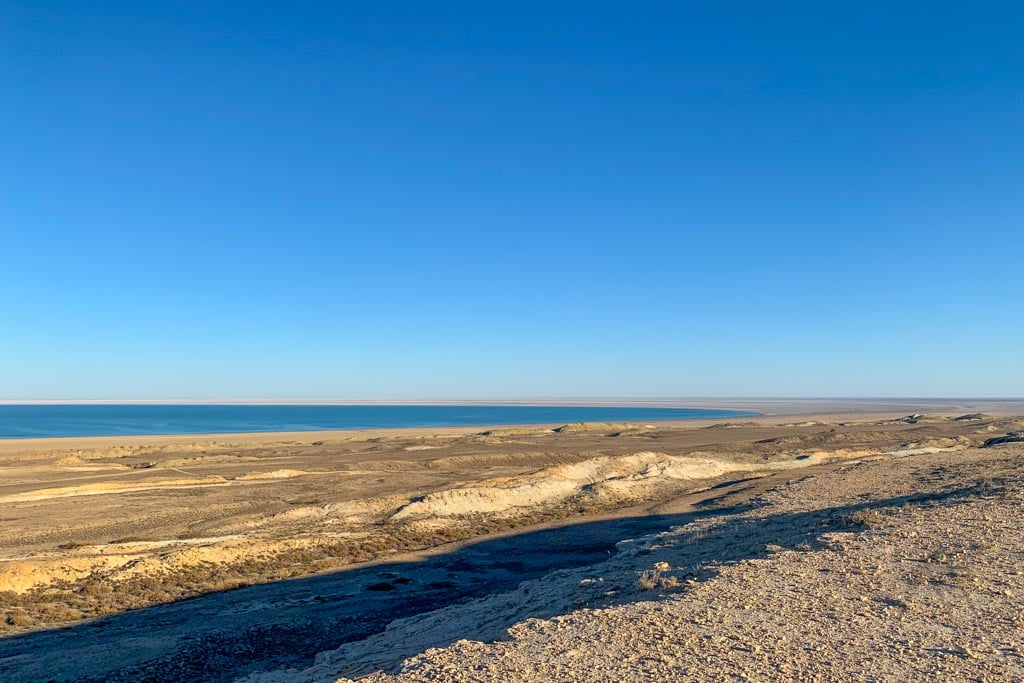
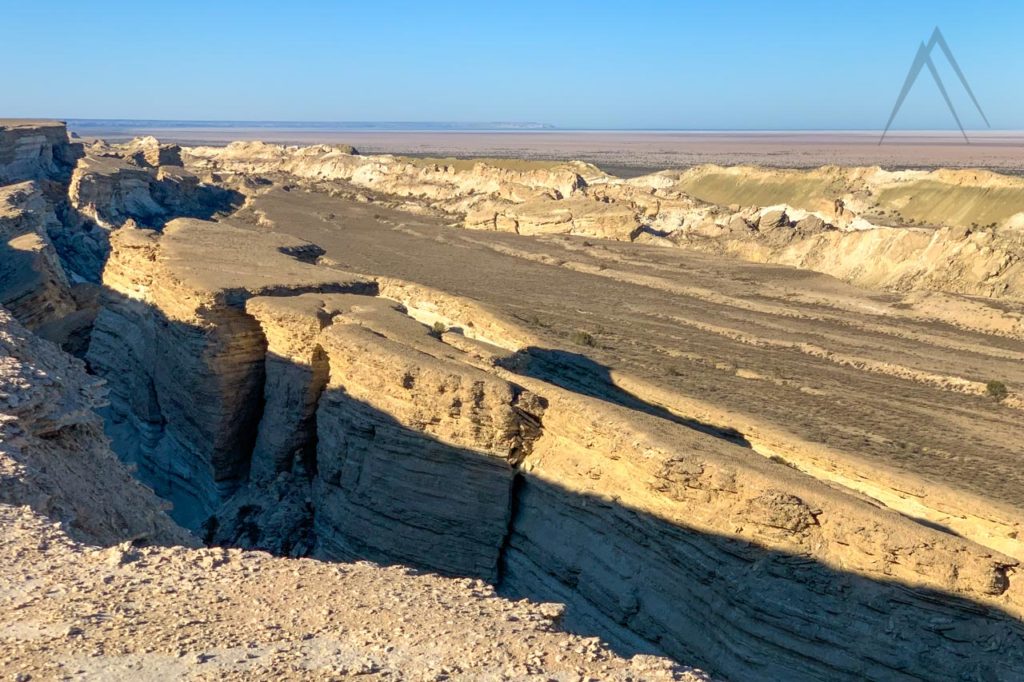
Sudochie lake
Sudochie lake is actually a system of lakes that were formed after the actual Sudochye lake got more shallow due to the reduced water amounts. The Sudochie lakes receive still some water from the Amu Darya and the irrigation channels and it used to have a connection to Aral sea in the older times. The ruins of an old lighthouse by the beach of one of the current Sudochie lakes remind of the time when the ships could sail between these former two water bodies.
Sudozie lake is an important stopover for migrating birds making it a place worth a visit, especially during spring and autumn. If you are lucky, you can see thousands of flamingos here. There are even records saying that flamingos are nesting in a very remove location in the area but it has not been lately confirmed.

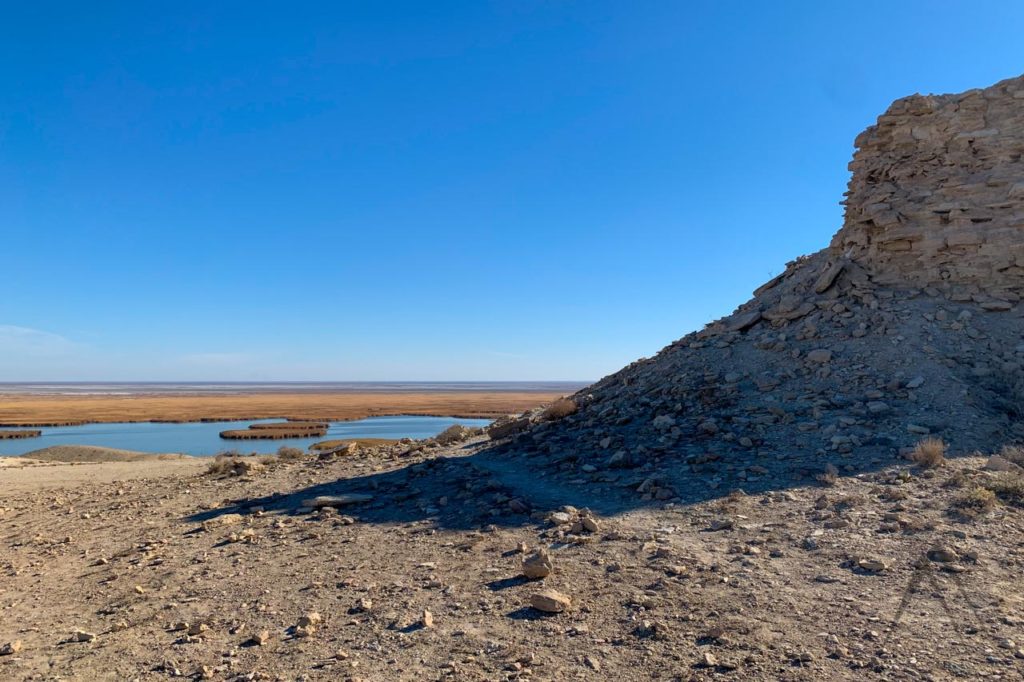
Salty lake Barsa Kelmes
What is called a salty lake is more like a salty marsh or salt field, southwest from Sudochie lake. It is called Barsa Kelmes (not to be mixed with the Barsakelmes peninsula in Kazakh side), which translates as a place of no return. Stretching 70 kilometers in length and 40 kilometers in width, it is believed that Barsa-Kelmes formed part of the seabed for the ancient Tethys Sea of the present-day Karakum and Kyzylkum Deserts and the Ustyurt Plateau.

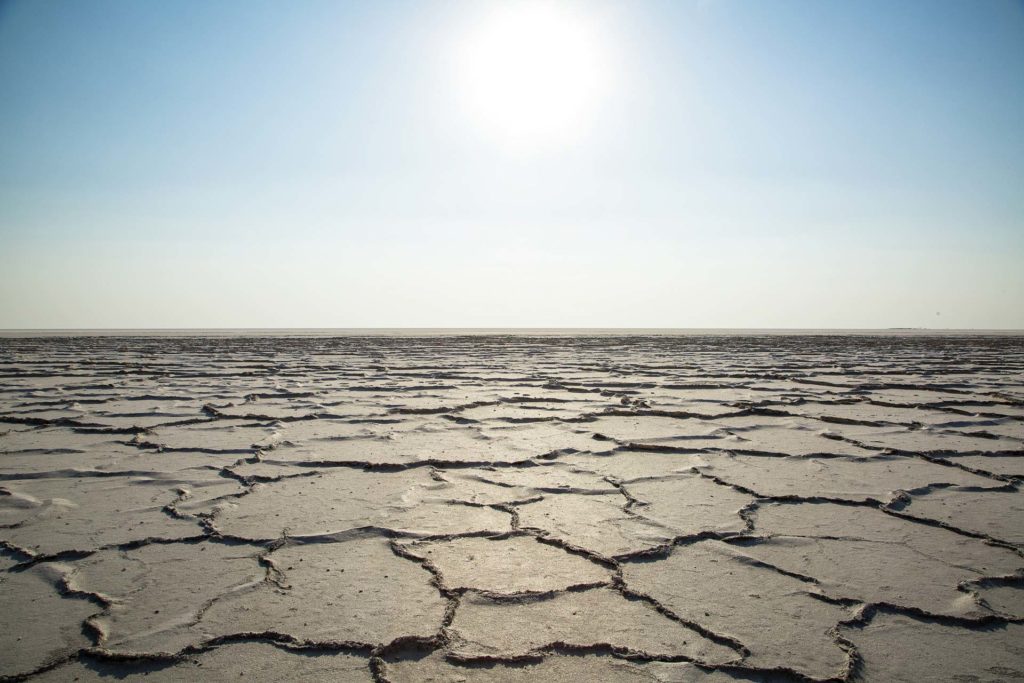
The death of life and vegetation at Barsakelmes is a direct result of the high concentration of salt which was left behind by the evaporated seawater. This lifeless area is now filled with abundant reserves of salt and can be reached by a path that winds through the sand along the clay and gypsum desert. This hard-to-access and little-researched salt marsh is also dangerous, for when crossing the terrain it is easy to sink through the thin layer of crystallized salt which covers the ground. The salt sparkles like ice in the bright desert sun, making it nearly impossible to look at it without dark sun glasses. Although dangerous, Barsa-Kelmes is fantastically beautiful and is known to evoke a strange mixture of delight and fear in visitors.
A trip to Uzbekistan’s Barsa-Kelmes is recommended only for travelers who are physically fit, and it is strongly advised to take sturdy shoes, light cotton clothing, sunglasses and covering hats for the journey. As the landscape resembles the backdrop for a sci-fi or fantasy film, those brave enough to make this journey will also be rewarded with unique, peculiar and fascinating photo opportunities.
Sleep in a yurt by the Aral sea
Most tours in the Aral sea area include a night by the desolate beach and often in a yurt. Staying in a yurt listening to the calm voices of the waves creates a special calm atmosphere and the sunsets and sunrises are an experience here in the silence and almost middle of nowhere. Contact us for your Aral Sea tour!


Sights & Destinations near Aral Sea
Page updated 27.10.2022